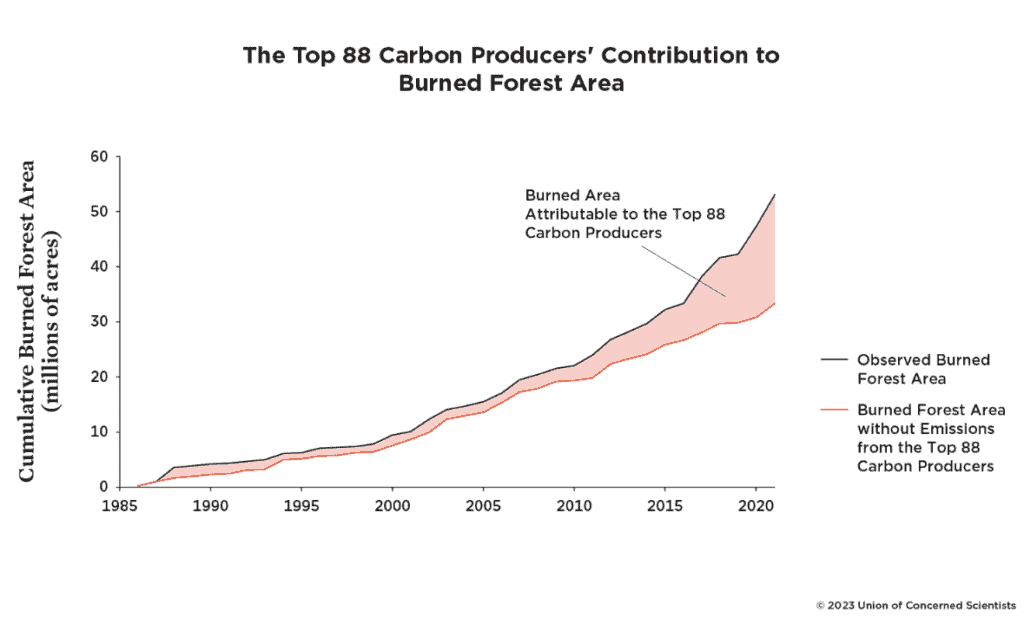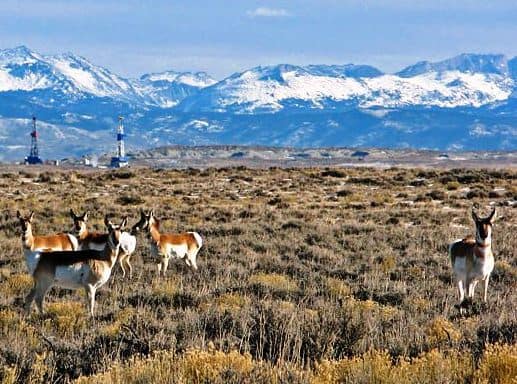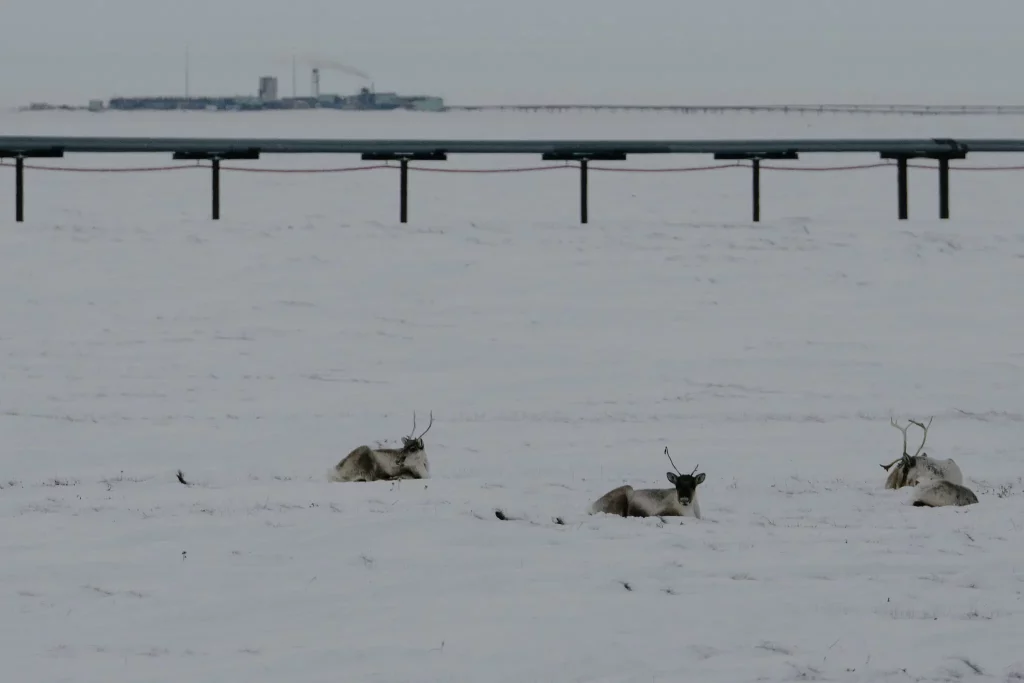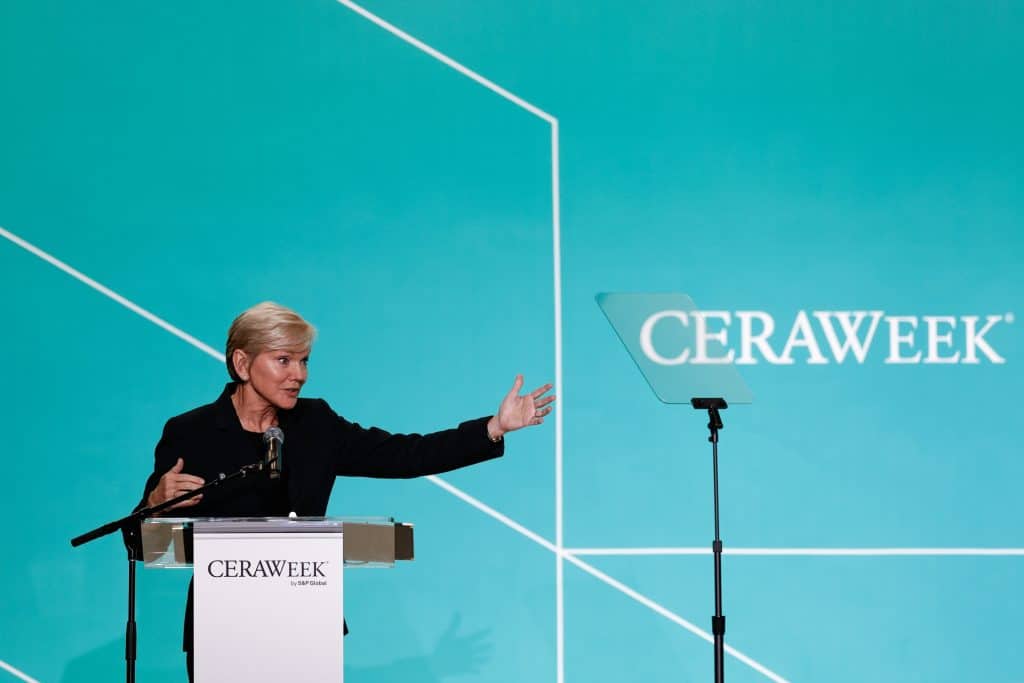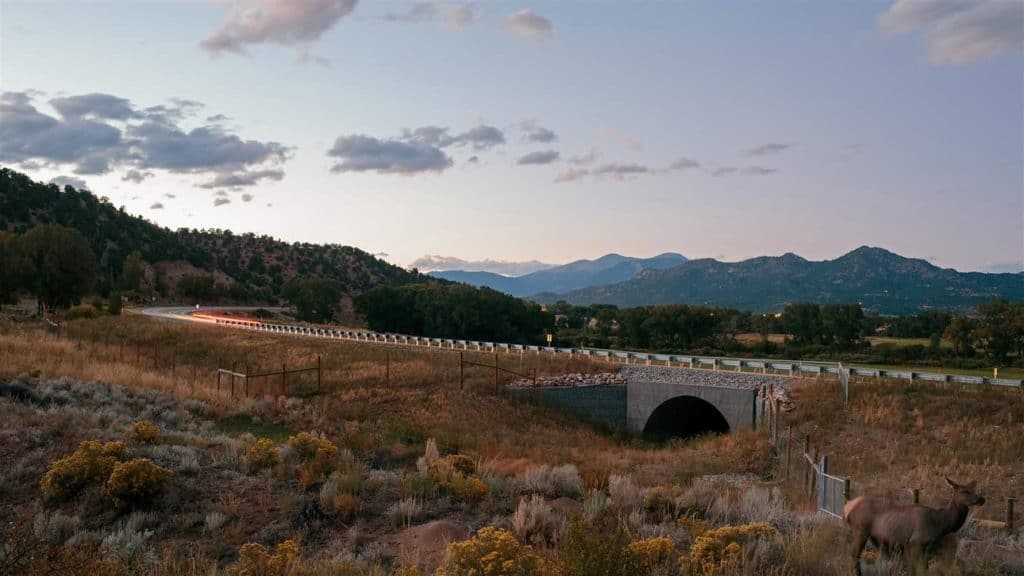This is a great article by Scott Streater of E&E News; fortunately a TSW reader forwarded it to me, as it has a paywall. It’s pretty comprehensive and hard to excerpt from, but I’ll try.
Here’s the link to the BLM press release, public meetings and the DEIS. Here’s the BLM’s title and tagline;
BLM proposes stronger greater sage-grouse conservation plans
Analysis uses best available science and lessons learned to benefit species and western communities
I’ll try to hit the main points of the Streater article.
- It blends some of the Obama decision and the Trump era decision. Perhaps some horse-trading with western Govs? Or realizing that the 2015 approach doesn’t fit with desired renewable buildout?
In essence, the proposal outlined in a draft environmental impact statement Thursday is a compromise that a BLM news release emphasized draws on “the most successful components” of the Obama administration plans in 2015 that mandated protections for the most sensitive grouse habitat across 10 states and revisions to those plans the Trump administration approved in 2019 that gave states more leeway to greenlight projects near grouse breeding grounds and other sensitive habitat.
2. Sgamma thinks that it’s an improvement
“It’s positive that the preferred alternative seems to be a blend between the other approaches and prior plans, which indicates that BLM is trying to find a workable balance,” said Kathleen Sgamma, president of the Denver-based Western Energy Alliance.
3. WEG and CBD don’t like it.
People familiar with the plan under development at the BLM previously said they expected the proposal to include 11 million “acres of critical environmental concern” to safeguard priority grouse habitat. But the preferred alternative released Thursday did not include ACEC designations, which provide strict land-use regulations that would severely limit livestock grazing, recreation and other activities. Other alternatives, which could still be selected in the final plan, do include the conservation designations.
The proposal would also remove one of the most contentious aspects of the 2015 plans: the designation of 10 million acres of “sagebrush focal areas” considered vital to the bird’s survival, where mining and oil and gas development would be prohibited. These areas will now be managed as priority habitat management areas.
My understanding is that the focal areas were added at the last minute by folks in DC, and stuck in some craws of some State folks who had worked collaboratively on effort. If you remember from my story on it, that my source said:
Folks from Garfield County, CO did a FOIA and found out that the changes were associated in time with meetings with various environmental organizations, including Pew. One particular idea added during these last changes was the idea of “focal areas”. The States went ballistic.
The Governors sat down with Secretary Jewell and tried to negotiate.
4. Pew Does Like It
For whatever reason, Pew seems to have an outsized influence on federal decision making under this Admin and also the Obama Admin, so this could be significant.
Marcia Argust, director of the Pew Charitable Trusts’ U.S. Conservation program, applauded the BLM “for bringing the latest science, including planning for climate impacts, to this round of sage grouse plan updates.”
5. If Grouse don’t like roads and footprints of O&G operations, they probably don’t like roads and footprints of renewable energy and transmission lines.
This has become an issue as the Biden administration works to build renewable energy projects on federal lands as well as the transmission lines needed to carry that green energy to market. BLM press materials announcing the proposal mentioned “clean energy projects” in discussing how the plans will allow for multiple uses “in a manner that limits impacts to sensitive resources and can also help combat climate change — the main driver of greater sage-grouse habitat loss.”
Actually, what the press release says is “Populations once in the millions now number fewer than 800,000, largely due to habitat loss exacerbated by climate change, such as drought, increasing wildfires, and invasive species.” Habitat loss seems to be the actual main driver, not climate change.
6. RMP Amendments Around 2015 Sage Grouse Plans for Transmission Lines.
The BLM this month announced it was exploring amending three federal land-use plans to work around mandates in the 2015 grouse plans limiting the size of transmission lines and their proximity to priority grouse habitat. The BLM concedes it might need to do so in order to approve the 235-mile-long Greenlink North power line in Nevada that’s a Biden administration priority due to renewable energy
Hopefully those transmission lines will be well-maintained..and not cause further fires which are bad for sage grouse.

